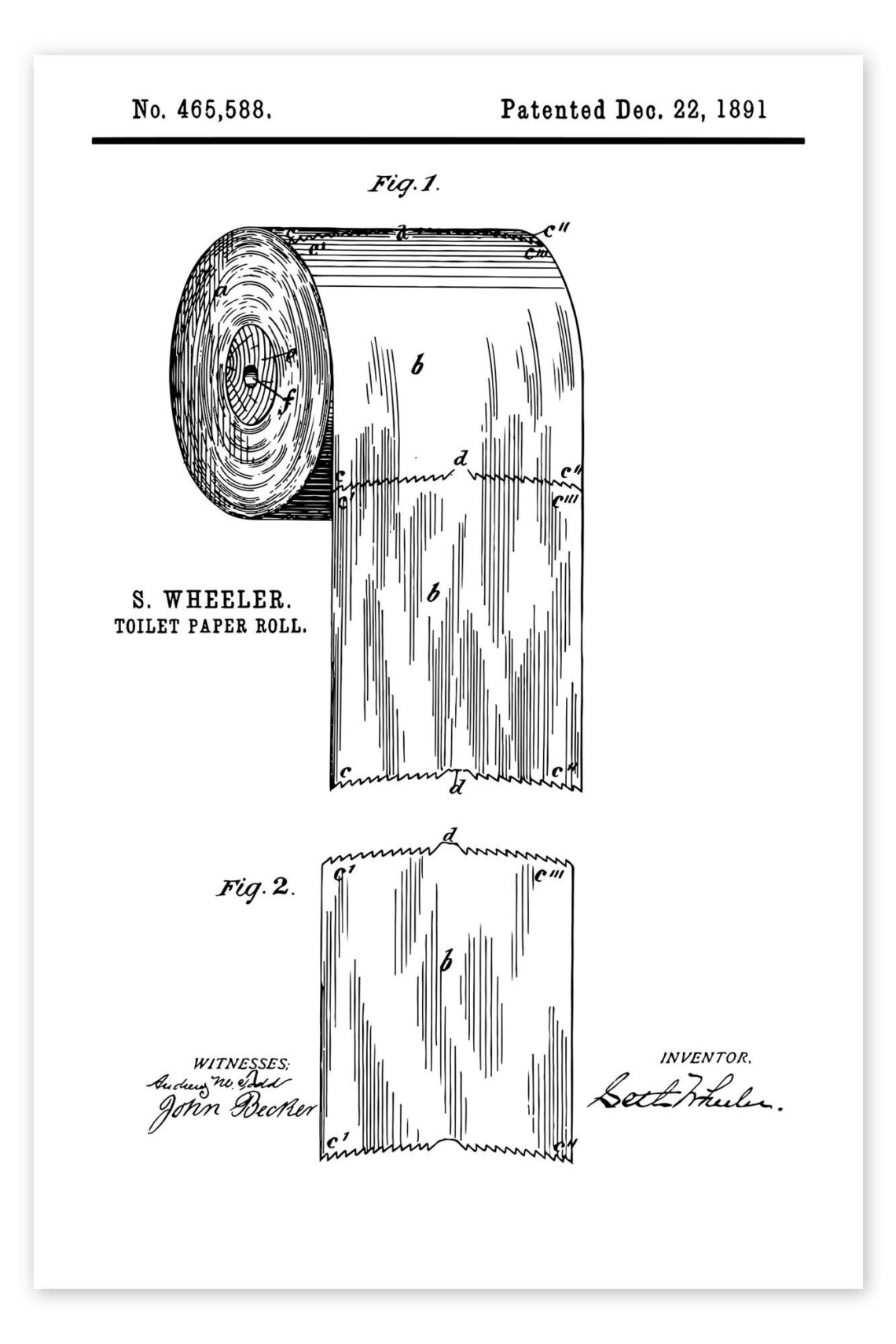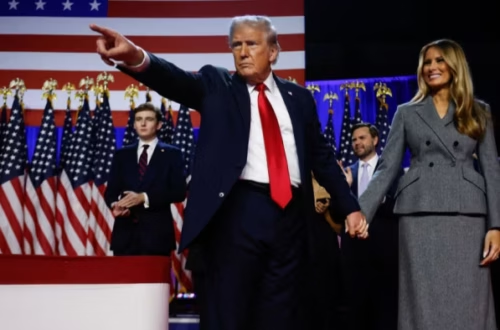
Understanding Intellectual Property (IP): Patents, Trade Secrets, Copyright, and Trademarks
Intellectual Property (IP) is an umbrella term for various legal protections granted to individuals or organizations for their creations, ideas, and innovations. The purpose of IP is to foster innovation, reward creators, and protect the original works that contribute to economic and cultural development. IP can take several forms, each with its unique characteristics, including patents, trade secrets, copyrights, and trademarks. In this article, we’ll explore each form of IP, compare and contrast them, and delve into the costs of defending, setting them up, and the considerations of simply using them.
1. Patents: Protecting Innovations
A patent is a legal right granted to an inventor, giving them exclusive rights to a particular invention or process for a limited time, typically 20 years from the application date. This prevents others from making, using, or selling the patented invention without permission.
Costs of Setting Up and Defending:
- Setting Up: Filing a patent can be expensive, particularly if you hire a patent attorney for a complex invention. Filing fees can range from a few hundred to several thousand dollars, depending on the jurisdiction. Patents must also be thoroughly researched to ensure they are novel and non-obvious, a task that can take time and incur costs.
- Defending: If someone infringes on your patent, defending it can be costly, often requiring litigation. Patent lawsuits can run into the hundreds of thousands of dollars, even for relatively straightforward cases.
Using Patents:
- Using a patented invention without permission is illegal and can result in significant fines and damages. However, acquiring a patent license from the holder allows for lawful use, though licensing agreements can be expensive.
2. Trade Secrets: Confidential Business Information
A trade secret refers to valuable business information that is kept confidential to maintain a competitive edge. This could include formulas, practices, designs, or processes. The famous Coca-Cola formula is one of the most well-known examples of a trade secret. The validity of a trade secret isn’t tied to a specific period of time, unlike patents or copyrights. Instead, a trade secret remains legally protected as long as it fulfills certain conditions:
- It provides a competitive advantage because it is not generally known to the public.
- Reasonable measures are taken to keep it secret, such as confidentiality agreements or restricted access.
If the secret is disclosed or independently discovered, the protection ends. This indefinite nature of trade secrets can be both an advantage and a risk compared to other intellectual property protections.
Costs of Setting Up and Defending:
- Setting Up: The cost of setting up a trade secret is relatively low since there are no official filings or registrations required. The focus is on internal controls and non-disclosure agreements (NDAs) to protect the secret.
- Defending: Defending a trade secret can be complicated if it is disclosed or stolen. Legal costs are often linked to proving that the secret was protected adequately and that the disclosure was unlawful. This could involve expensive litigation if the case escalates.
Using Trade Secrets:
- Using a trade secret without permission is a breach of trust, and if discovered, it could result in legal action. However, trade secrets can be lawfully used if obtained through legitimate means, such as reverse engineering.
3. Copyright: Protecting Creative Works
Copyright protects original works of authorship, such as literary, musical, and artistic creations. Copyright automatically applies once the work is created and fixed in a tangible medium of expression (e.g., written on paper, recorded on video).
Costs of Setting Up and Defending:
- Setting Up: Copyright registration is optional in many jurisdictions but can be beneficial in legal disputes. The cost of registering a copyright is relatively low, often under $100.
- Defending: Defending a copyright is typically less expensive than patents but can still incur significant legal fees. Copyright infringement cases can lead to damages, and enforcement may require costly legal action.
Using Copyright:
- Using copyrighted works without permission is considered infringement. To use a copyrighted work, one typically needs to obtain permission, often in the form of a license.
4. Trademarks: Protecting Brand Identity
A trademark is a symbol, word, or phrase legally registered to represent a company or product. Trademarks protect brands and distinguish goods or services in the marketplace.
Costs of Setting Up and Defending:
- Setting Up: Trademark registration is relatively affordable, with costs ranging from a few hundred dollars to over a thousand, depending on the complexity and number of jurisdictions. You can file for a trademark on your own, though it’s often recommended to consult an attorney.
- Defending: Enforcing a trademark involves monitoring potential infringements and taking legal action when necessary. While trademark defense is often less expensive than patent defense, it can still lead to significant legal costs, especially if the case escalates.
Using Trademarks:
- Using a trademark without authorization constitutes infringement. However, it’s possible to use a trademarked term or logo in certain contexts, such as comparative advertising, as long as it doesn’t cause confusion or imply endorsement.
Comparing the Costs of Setting Up vs. Using IP
| IP Type | Setting Up Costs | Defending Costs | Using Without Permission |
|---|---|---|---|
| Patents | Expensive (filing fees, attorney fees) | High (patent litigation can be costly) | Illegal, could lead to lawsuits and damages |
| Trade Secrets | Low (no registration required) | Moderate to high (depends on legal action needed) | Illegal if acquired through improper means |
| Copyrights | Low to moderate (registration fees) | Moderate (copyright infringement lawsuits) | Illegal, requires permission or license |
| Trademarks | Moderate (registration fees) | Moderate (costs for enforcing trademark rights) | Illegal, requires permission or license |
Conclusion: Should You Protect or Use IP?
Whether you should protect your intellectual property or simply use someone else’s IP depends on your business model and goals. Setting up IP protection—such as patents or trademarks—can provide exclusive rights, preventing others from capitalizing on your ideas and innovations. However, the costs of setting up and defending IP can be substantial, especially for small businesses or startups.
On the other hand, using existing IP by obtaining licenses or permissions can be more cost-effective in the short term, but it may limit your ability to control the use of your ideas or brand identity. Businesses must weigh the cost of establishing and defending their IP against the risk of legal consequences for unauthorized use.
Final Thoughts
The decision to protect, use, or license intellectual property should be made carefully, with consideration of the associated costs and legal risks. Understanding the nuances of patents, trade secrets, copyrights, and trademarks is essential for any business or individual navigating the modern economy.
#IntellectualProperty #Patents #Trademarks #Copyright #TradeSecrets #IPProtection #BusinessStrategy #Innovation #LegalRisks #IntellectualPropertyLawAttach





